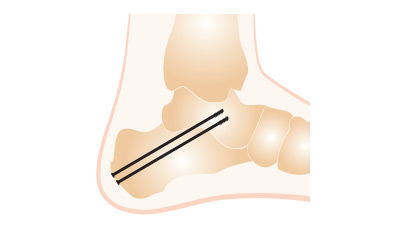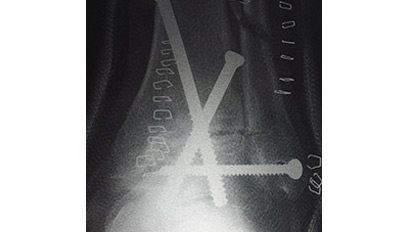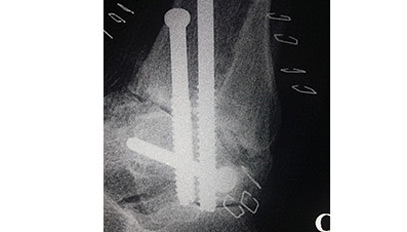and ankle prosthesis
This procedure is indicated when the joint is damaged, either due to a loss of osteochondral substance leading to osteoarthritis or as a consequence of a traumatic injury (ankle fracture), or in cases of arthritic progression with axial deviation such as exaggerated hindfoot varus, less commonly due to valgus which is clinically better tolerated.


Arthrodesis, Arthrolysis, and Arthrosis:
Q & A
What is the Tibio- talian arthrodesis?
This is the surgical blockage of the tibia and talus joint. Proposed in the painful sequelae of the ankle joint fractures, this technique is performed by resection and regularization of the chondral tissue, followed by a fixation of the bone parts by screws and / or staples or by a screwed plate or a retrograde nail, Introduced through the calcaneus from the sole of the foot. Sometimes associates a bone graft to fill the loss of substance or correct an axial deviation. It removes the mobility of the ankle in the direction of bending extension.

The talo-calcaneal or subtalar arthrodesis? Is it Double Arthrodesis?
It is the surgical blockage of the joint that unites the lower surfaces of the talus and the upper calcaneus. Proposed in the painful arthropic sequelae of articular fractures of calcaneus and / or astragalus. This is done by resection and regularization of the chondral tissue and by fixation of the bone parts by screws and / or staples. Sometimes associates a bone graft to fill the loss of substance or correct an axial deviation. It does not remove the mobility of the ankle, because only blocks the movements of inversion and eversion of the hindfoot. It is called double arthrodesis because it blocks the 2 articular surfaces of the calcaneus with the slope.

The calcaneo-talian arthrodesis and the medio-tasienne (Chopart) arthrodesis? Is this the Triple Arthrodesis?
It is the surgical blockage of 2 joints of the back foot: the subtalar and the medio-tarsian articulation known as Chopart. It makes it possible to block the torsional torque of the rear foot. Proposed in the painful sequelae arthrogens fractures. It is sometimes referred to as triple arthrodesis because it blocks the sub-talus that some consider to be 2 joints and the articulation of Chopart.

Ankle arthrodesis, arthrolysis and ankle prothesis:
Additionnal informations
What is arthrolysis of the ankle?
When the ankle has a stiffness, this procedure tries to bring back some mobility to the joint. It is a surgical operation performed to release the ankle, it is done by an open way, thru an arthrotomy, that is an opening of the joint or by arthroscopic way, to fight stiffness. It consists in carrying out a capsulotomy, ie an opening of the articular capsule, sometimes to resect a part, then a capsulectomy, and to make an “articulate toilet” with washing with physiological saline. It can associate elongations of peri-articular tendons such as the Achilles tendon when there is a vicious position of the foot in equine, for example. It must be followed by rehabilitation to avoid recurrence of stiffness.
Does the Total Ankle Prosthesis PTC, exists as for the hip and knee?
It is the replacement of the articular surfaces of the tibia and the talus by a metallic prosthesis placed with or without Cement with or without a screwed fastener comprising a part made of polyethylene or of ceramic. Indicated in the forms of destruction and massive degeneration of the article, it is proposed when arthrodesis does not solve the problem, the results are very encouraging especially in rheumatoid arthritis.
Ankle arthrodesis, arthrolysis and ankle prothesis: Terminology
Ankylosis: This is a non-surgical spontaneous arthrodesis, a kind of stiffness.
Arthoria: limitation by a surgical act of a joint, as a Grice operation for the articulation under talial.
Arthodesis Fig. 5: Surgical blockage of a joint that results in the fusion of the two bones of a joint that prevents movement, in the hope of suppressing pain.
Shoe articulated: removable and adjustable, light and strong, with Velcro.
Chopart calcaneus: triangle between tendon, upper edge calcaneus and bone (posterior aspect of the tibia).
Foreign bodies: from fragments of detached osteochondritis or bone fragments resulting from sequelae of tibial pylon fracture or slope.
Lambrinudi: name of the arthrodesis of the tibiotalienne and the articulation of Chopart.
Joint washing: is performed during an arthroscopy with a physiological serum.
Mosaic: Cartilage graft taken from a healthy joint and introduced into a loss of cartilage by small patches giving a mosaic shape.
Haglund’s disease: formation of a bony prominence on the tuberosity of calcaneus, painful (Friction point at the edge of the shoe, can be treated by a change of footwear), and local care and operated in case of failure of the conservative medical treatment.
Osteochondritis: lesions affecting the bone and the cartilage, isolates a fragment more or less small, which can detach and constitute a foreign body intra-articular source of pain or episodes of “blocking”.
Dwyer’s osteotomy: Extra-articular surgical section of calcaneus to correct an axial deviation.
Navicular bone acessory, supernumerary scaphoid: unfused bone of the tarsal scaphoid, medial side.
Physiological Valgus: normal orientation of the rear foot to the outside, outside 5 to 7 °.
Varus hindfoot: loss of this lateral orientation towards the outside or even the reverse, the hindfoot putting in, medial side.
